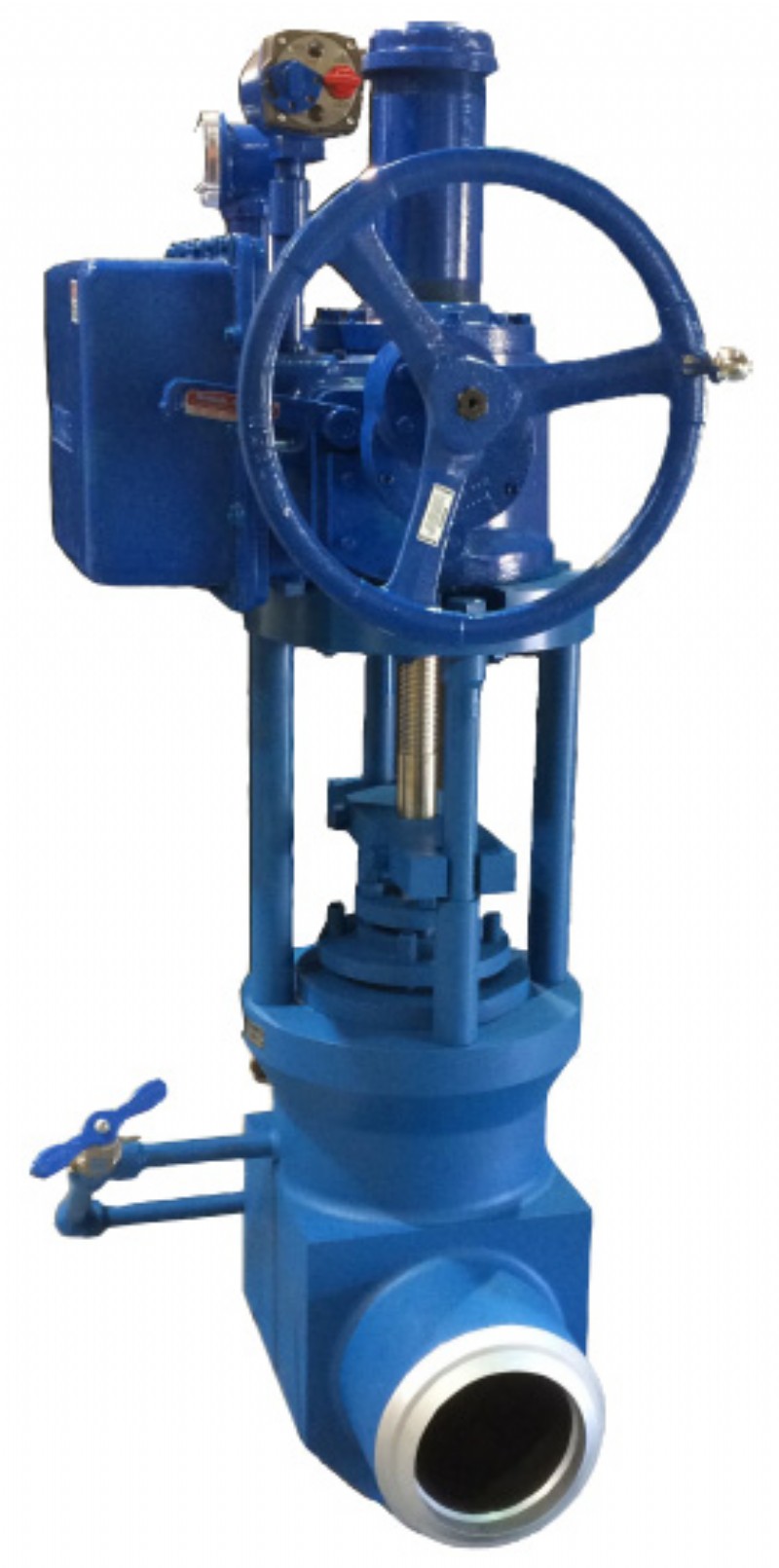When is a forged valve a better option than cast?
Weir Valves & Controls USA Inc. is pleased to announce the introduction of the Atwood & Morrill® Forged Gate Valve

Atwood & Morrill® Forged Gate Valve
The WVC USA team recently manufactured four forged valves that were ordered for installation at a new build combined cycle plant in the Southeast United States - scheduled to go online in 2019.
Forged vs Cast Valve Bodies
Customers of Combined Cycle Power Plants have indicated that Type 91 gate valves have been experiencing shorter than anticipated life cycles. These valve bodies are traditionally cast in A217 C12A material.
The solution is to switch to a forged body
Based on customer feedback and industry research, WVC USA put together a dedicated project team to develop a product designed to tackle this specific customer problem.
At temperatures above 1,000° F, a forged body is superior because;
- Imperfections inherent to all castings impose greater risk in C12A applications due to the elevated temperatures and increased thermal cycling
- Stringent code and customer requirements for C12A make it costly and cumbersome to process
- Forged Type 91 material will have a higher initial hardness level than C12A castings due to differences in how the materials are processed indicating a longer life cycle
- Forged valve bodies help minimize material defects and provide better quality and longer life valves, especially at elevated temperatures with thermal cycling conditions.
The team at WVC USA pride themselves in working alongside their customers to identify better solutions that help them achieve their goals.
Tel: +1 978 744 5690
Email: sales@weirvalveusa.com
Web: www.global.weir

| Telephone: | 01422 282000 |
| Email: | info@trilliumflow.com |
| Website: | www.trilliumflow.com |
| More information on the Trillium Flow Technologies BVAA Member Directory Page |
Search related valve / actuator articles: Trillium Flow TechnologiesIssue 48ValvesGate Valves












